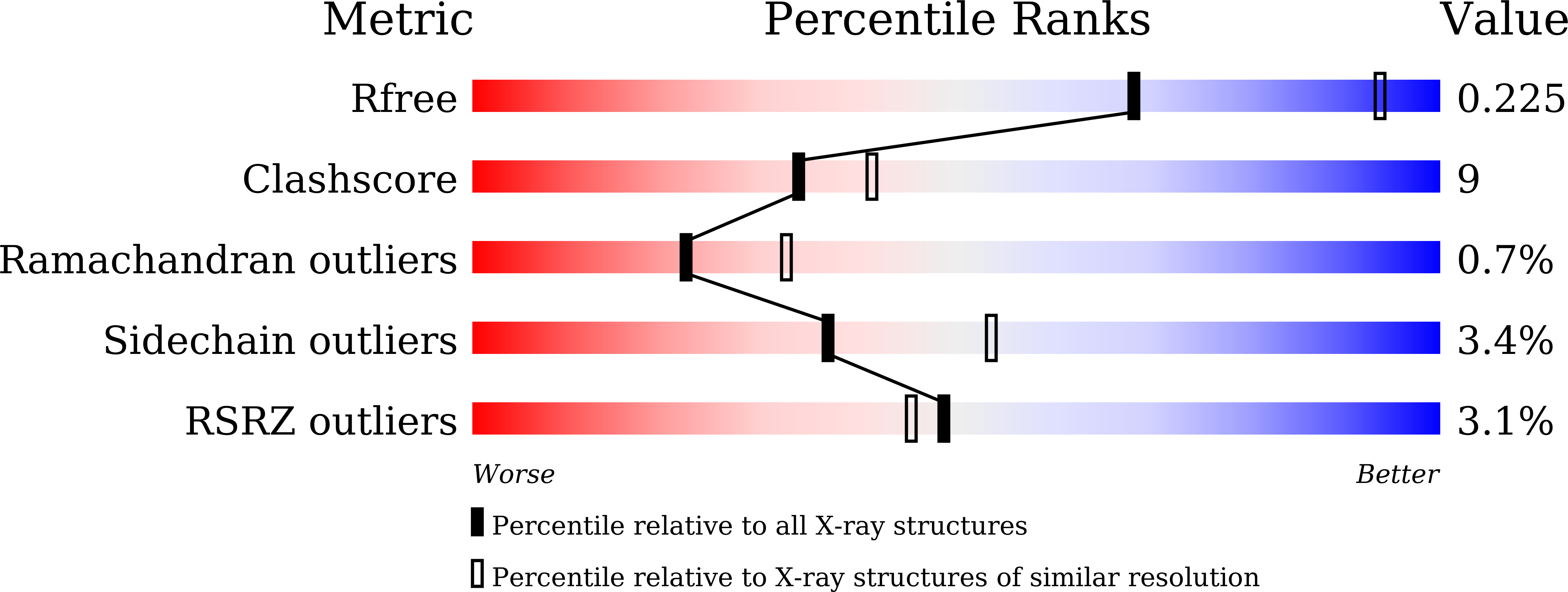
Deposition Date
2021-07-13
Release Date
2022-03-16
Last Version Date
2023-11-29
Entry Detail
PDB ID:
7FC0
Keywords:
Title:
Reconstitution of MbnABC complex from Rugamonas rubra ATCC-43154 (GroupIII)
Biological Source:
Source Organism:
Rugamonas rubra (Taxon ID: 758825)
Host Organism:
Method Details:
Experimental Method:
Resolution:
2.64 Å
R-Value Free:
0.22
R-Value Work:
0.17
R-Value Observed:
0.18
Space Group:
P 43


